The Ultimate Lawn Care Schedule for a Lush, Green Yard All Year!
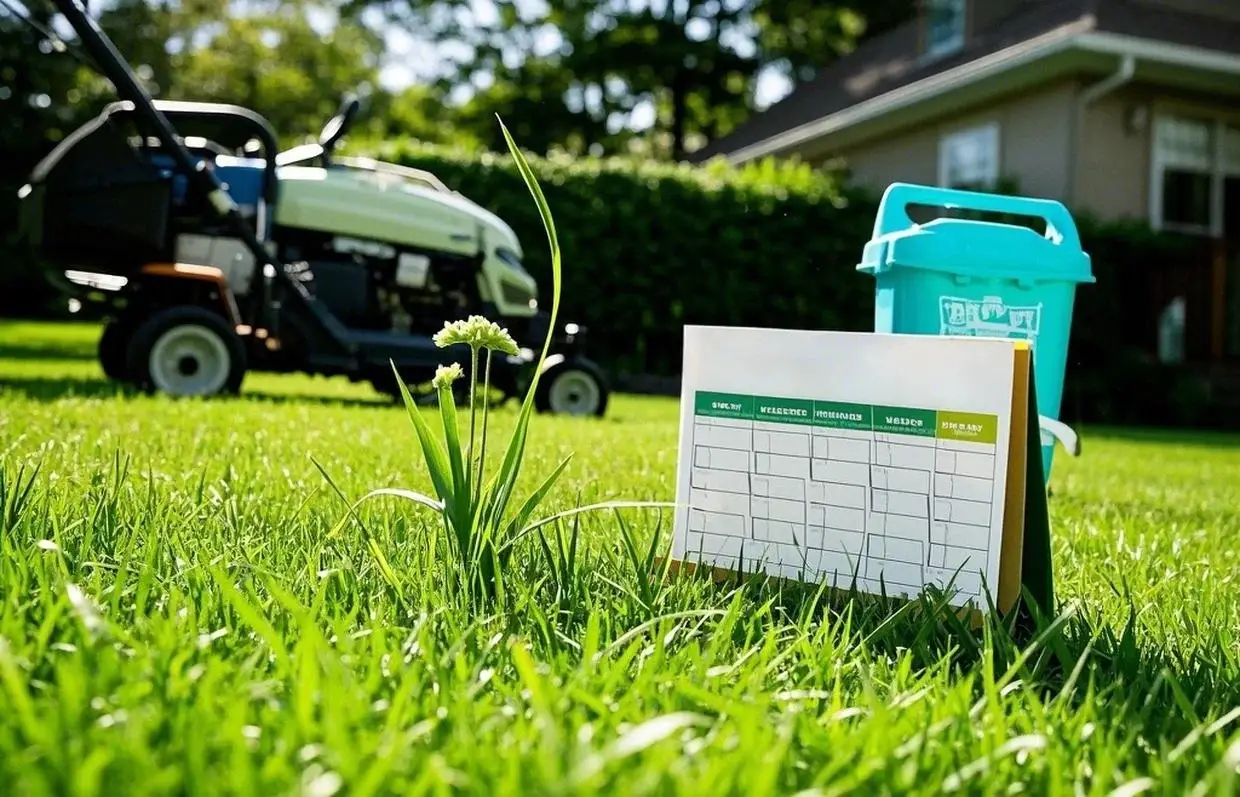
A lovely, green lawn not only improves your outside area but also fosters a friendly atmosphere for enjoyment and relaxation. Keeping its health calls for a thorough care regimen including weed control, effective irrigation, and appropriate fertilizing. Having a strategy in place can maintain your yard in top form whether you pick professional lawn services or manage it yourself with the appropriate tools and skills. Here is a simple approach to create a year-round maintenance plan!
RELATED 1: The Perfect Time to Water Your Lawn for Vibrant Grass and Maximum Efficiency
RELATED 2: How to Know When to Fertilize Your Lawn for a Lush, Healthy Green Yard
- Knowing your grass kind will help you to follow the ideal lawn care schedule.
- A healthy yard's main priorities are fertilizing, mowing, and weeding.
- For year-round maintenance, split chores into weekly, monthly, and seasonal calendars to help you plan ahead.
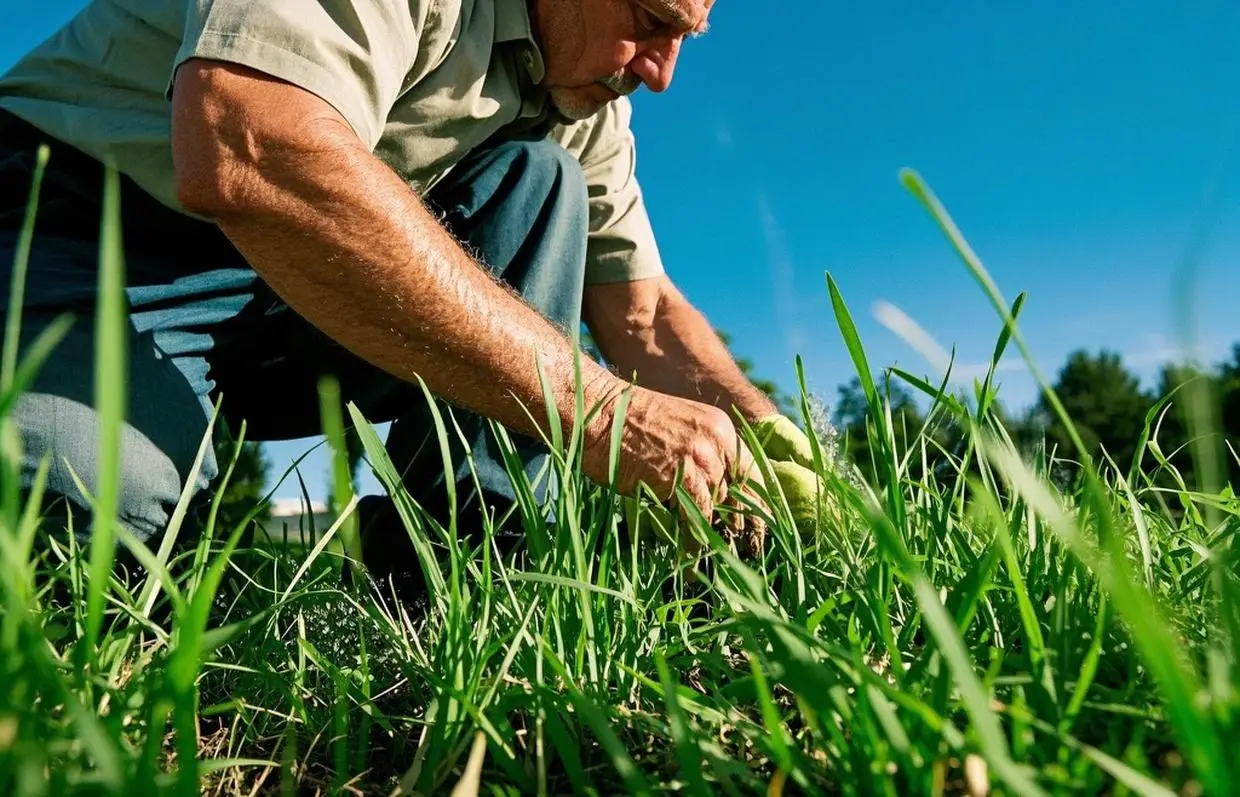
Know Your Lawn’s Needs
Understanding your grass kind and its particular requirements is the first step in a successful lawn care program. varying grasses have varying seasonal preferences, hydration needs, and growth patterns.
- Spring and fall are when cool-season grasses—like Kentucky bluegrass, fine fescue, and perennial ryegrass—thrive; summer heat causes them to struggle. Hot months call for more water for them to remain green.
- Warm-season grasses, such as bermudagrass and zoysia, flourish in hot temperatures and require less regular irrigation but may go dormant in milder conditions.
Knowing your grass type will help you develop a lawn maintenance program with the appropriate watering, mowing, and fertilizer timetable, so enabling your yard to remain healthy all year.
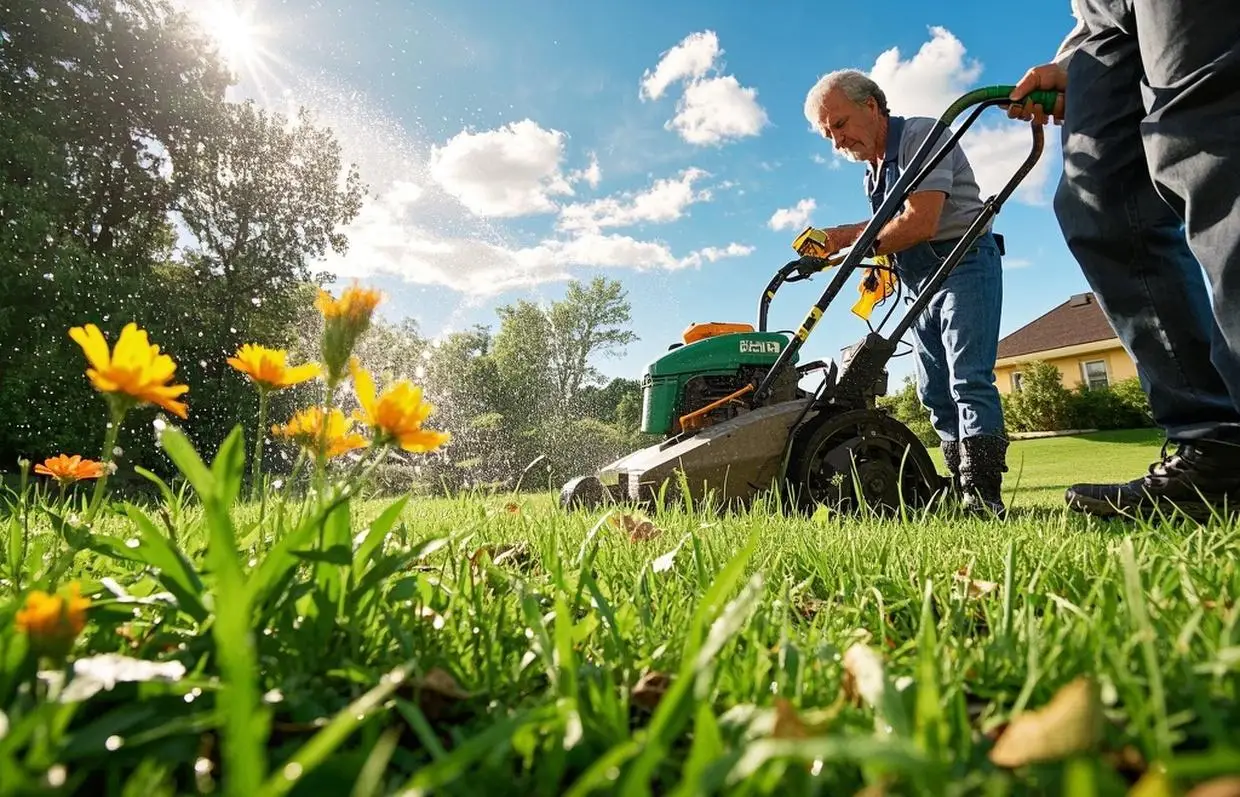
Essential Lawn Care Tasks
Fertilizing
Depending on your grass kind and soil requirements, early spring and fall are good times to feed your lawn. Though watering frequency varies with temperature and grass type, most lawns do best with roughly one inch of water each week. The best way? To strengthen roots, water less frequently yet deeply. Watering at night allows your yard to absorb more if it gets full sun.
RELATED: How to Know When to Fertilize Your Lawn for a Lush, Healthy Green Yard
Cutting
Never cut more than one-third of the grass height at a time to maintain your lawn looking tidy. Most lawns should be mowed when the grass is around three inches tall. Remember edging; it makes your lawn look polished. Make edging a habit if you don't often do it while cutting.
RELATED: Top Hand Push Mowers for 2025
Weeding
Regular upkeep will help you stay ahead of weeds. Early spring pre-emergent herbicides and summer spot treatments can help to control weeds. To maintain your lawn weed-free, change your weeding plan depending on temperature and growing circumstances.
RELATED: 12 Common Lawn and Garden Weeds to Watch Out for—and How to Eliminate Them Once and For All
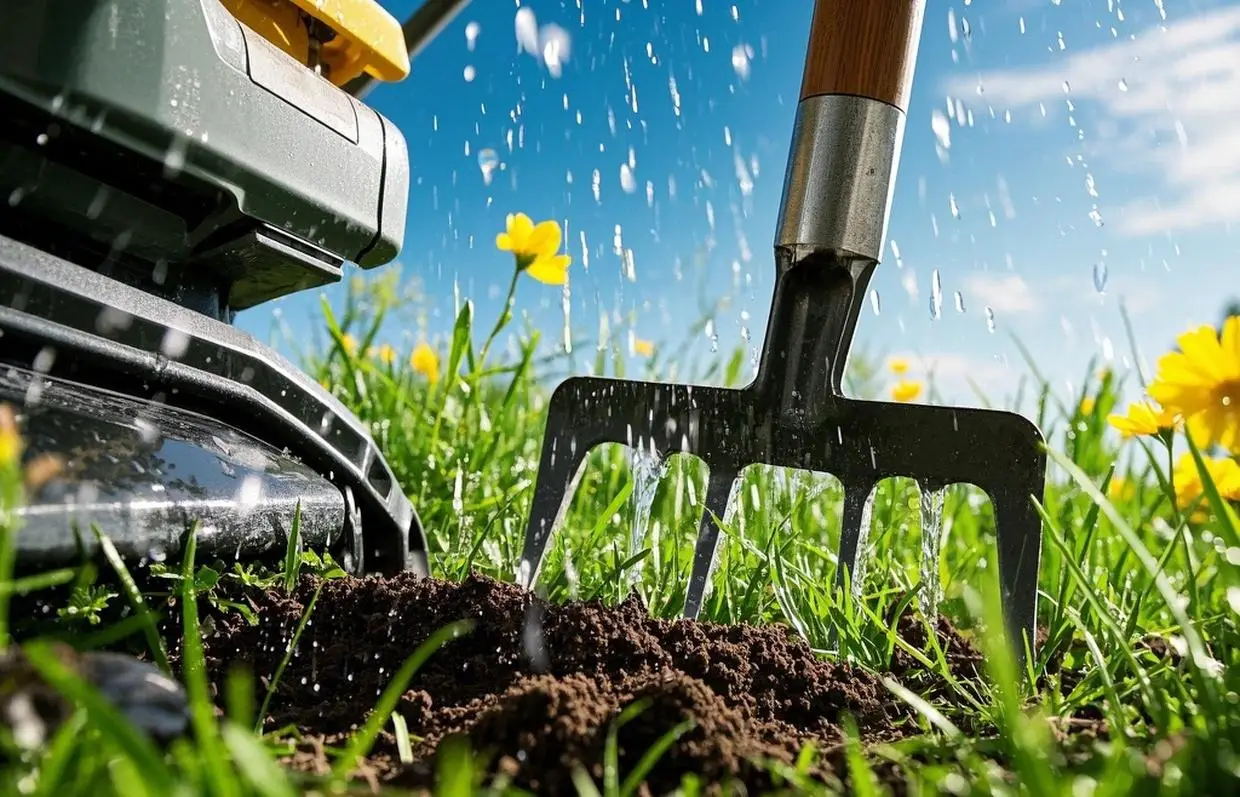
Schedule for Seasonal Lawn Maintenance
✅ Weekly Tasks: Mow the grass, water as required, and look for weeds and insects weekly.
✅ Monthly Tasks: Check for indications of disease or stress, apply fertiliser, and track soil moisture.
A well-organized lawn care program maintains your yard healthy and lush all year round, so providing you a green, lively area to appreciate every season.
Spring Lawn Maintenance
Spring is the moment to prepare your grass for the developing season. Among the main duties:
- Loosen packed soil for improved air and water flow to roots.
- Mowing: Maintain grass at the prescribed height for your kind.
- Fertilization: Use fertilizer to promote growth.
- Weed Control: Stop weeds before they dominate.
- As your grass starts to develop, make sure it receives adequate water.
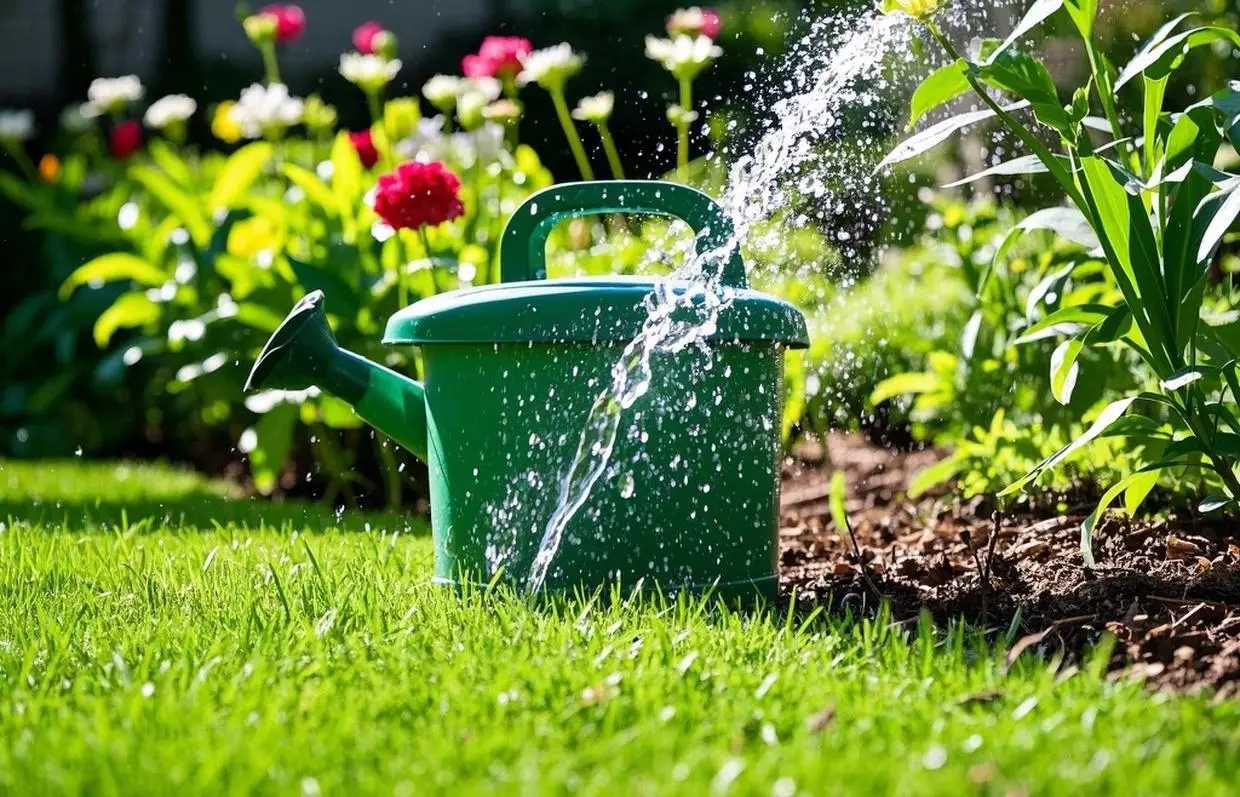
Summer Lawn Maintenance
In the heat, concentrate on keeping a good lawn throughout summer. Key duties:
- Watering: Especially in dry seasons, ensure your grass receives adequate water.
- Watch for pests and act as required.
- Mulching: For a neat appearance, mulch garden beds with new material.
- Planting: For color, include low-maintenance plants or seasonal flowers.
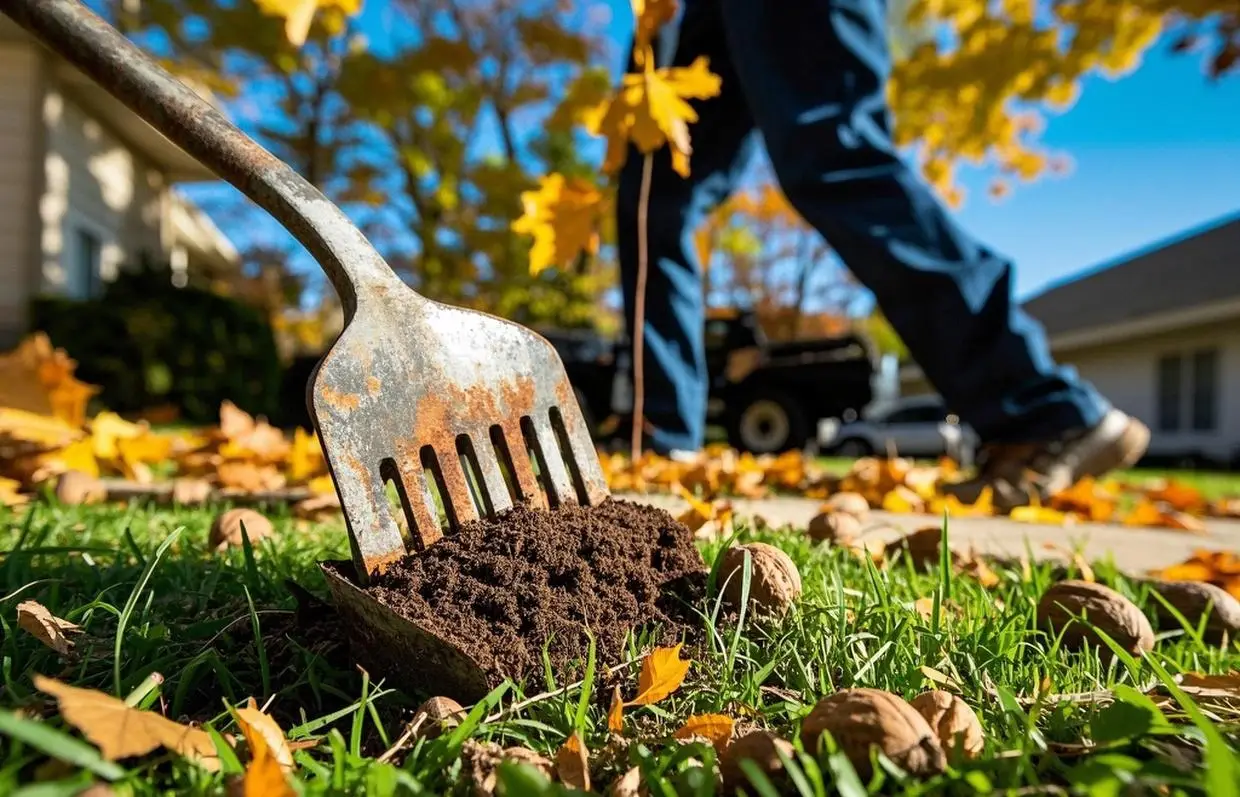
Fall Lawn Maintenance
Before winter, fall is the ideal time to provide your lawn a last push. Duties are:
- Reseeding: A month before the first frost, sow grass seeds.
- Fertilization: Apply the appropriate fertilizer to encourage root development.
- Remove Leaves: Clean up fallen leaves to stop gutter and drain obstruction.
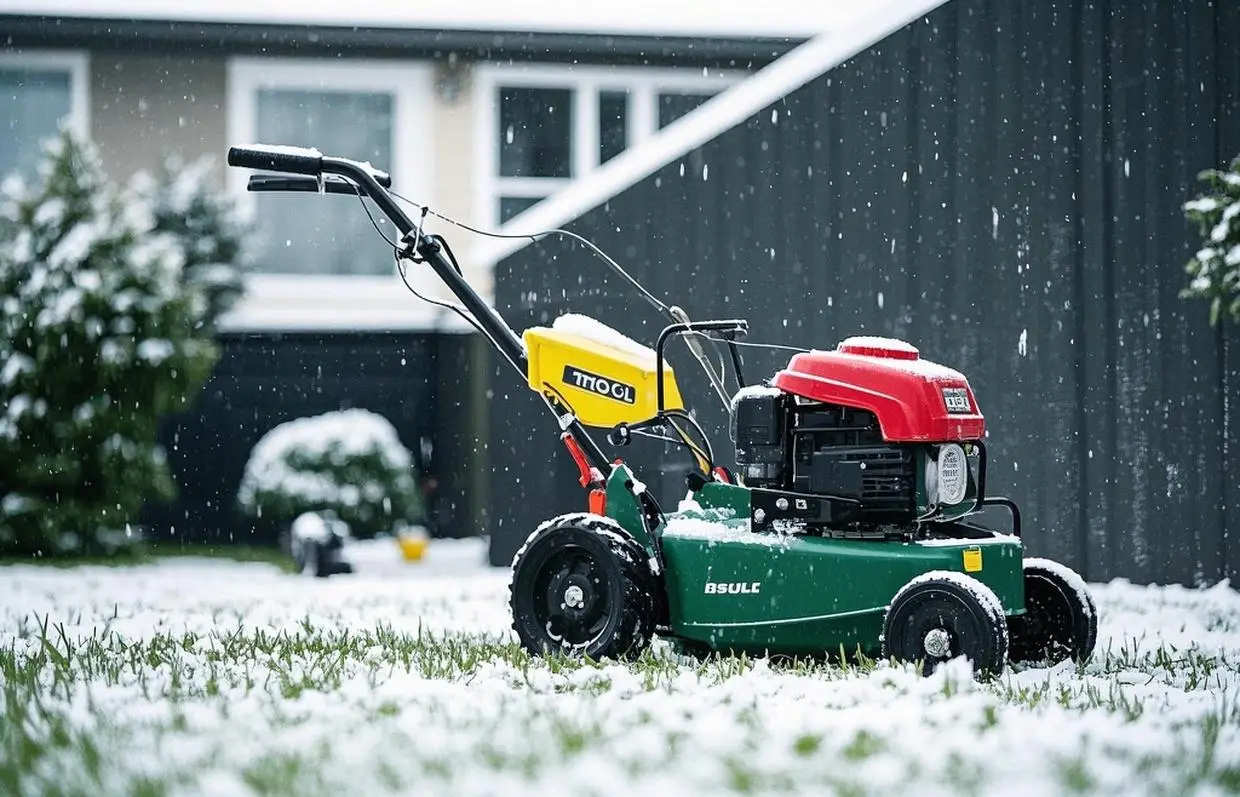
Winter Lawn Maintenance
Though there are still some things to do, winter calls for little lawn upkeep.
- Limit foot traffic: To save grass, stay off the lawn.
- During snow and ice, use calcium-based solutions for safe lawn care.
- Store and clean lawn care equipment for the following season.
RELATED: Top Weed Killers to Tackle Stubborn Invasive Plants

